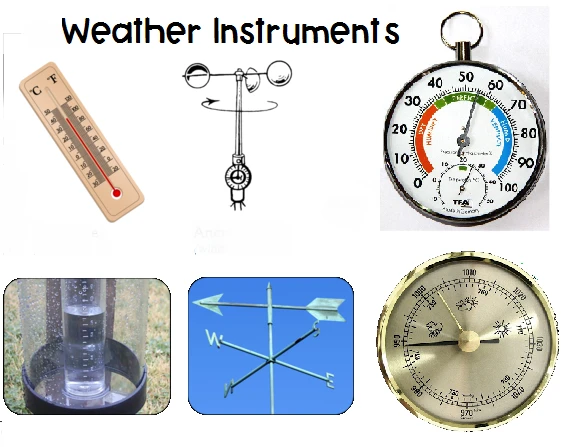
# Weather Instruments: Essential Tools for Meteorologists
Introduction to Weather Instruments
Weather instruments are specialized tools used by meteorologists to measure various atmospheric conditions. These devices provide crucial data that helps scientists understand weather patterns, predict future conditions, and study climate change. From simple thermometers to sophisticated radar systems, weather instruments come in many forms, each serving a specific purpose in meteorological observation.
Common Types of Weather Instruments
Thermometers
The most basic weather instrument, thermometers measure air temperature. Modern meteorologists use digital thermometers for precise readings, though traditional mercury or alcohol thermometers are still sometimes employed.
Barometers
These instruments measure atmospheric pressure, which is crucial for weather forecasting. Changes in barometric pressure often indicate approaching weather systems. Mercury barometers were historically common, but aneroid barometers are now more widely used.
Hygrometers
Hygrometers measure humidity – the amount of water vapor in the air. Psychrometers, a type of hygrometer, use wet-bulb and dry-bulb thermometers to determine relative humidity through evaporation rates.
Anemometers
Wind speed is measured using anemometers. The most common type features three or four cups that rotate with the wind, while more advanced versions use ultrasonic or laser technology for greater accuracy.
Rain Gauges
These simple but essential instruments measure precipitation amounts. Standard rain gauges collect rainfall in a graduated cylinder, while more sophisticated tipping bucket gauges can record rainfall intensity over time.
Advanced Weather Instruments
Weather Radars
Doppler radar systems can detect precipitation, measure its intensity, and track storm movement. These powerful tools provide real-time data about severe weather events like thunderstorms and tornadoes.
Weather Satellites
Orbiting the Earth, weather satellites provide comprehensive views of global weather patterns. They can monitor cloud cover, sea surface temperatures, and even detect developing tropical storms.
Radiosondes
These instrument packages are carried aloft by weather balloons to measure atmospheric conditions at various altitudes. They transmit data on temperature, humidity, pressure, and wind speed back to ground stations.
The Importance of Weather Instruments
Accurate weather instruments are vital for numerous applications:
- Short-term weather forecasting
- Severe weather warnings
- Climate change research
- Aviation safety
- Agricultural planning
- Maritime navigation
As technology advances, weather instruments continue to become more precise and capable. Modern meteorology relies on networks of instruments working together to provide comprehensive atmospheric data that helps protect lives and property while advancing our understanding of Earth’s complex weather systems.
Keyword: wether instruments